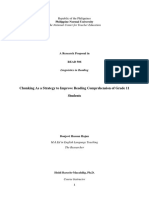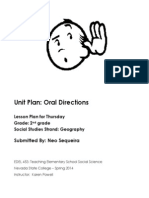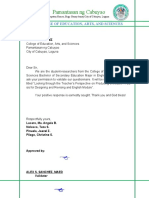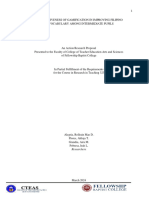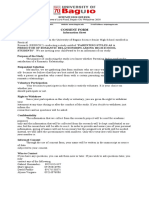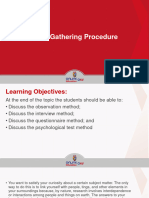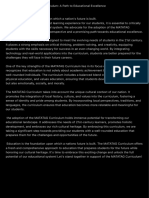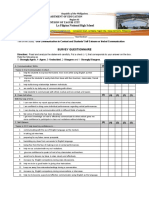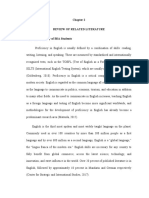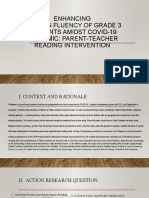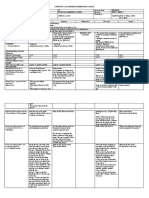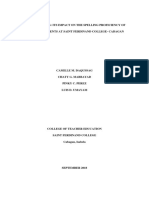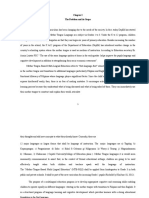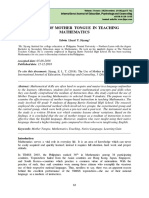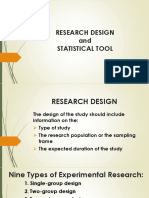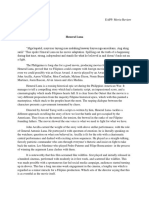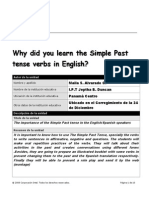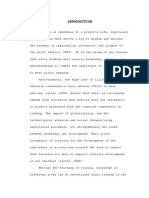50% found this document useful (2 votes)
3K views6 pagesConceptual Framework Examples
This study aims to examine the effects of using a student's mother tongue versus English as the language of instruction on their English proficiency. The independent variables are the language of instruction (mother tongue or English) and the dependent variable is student proficiency in English. The study seeks to determine student profiles, compare achievement levels between instruction methods, and test for differences in posttest and retention test scores between groups. The study is limited to two Grade 1 classes taught over one grading period covering 16 math lessons translated into the local mother tongue or taught in English. The findings could help improve language instruction programs and benefit teachers, parents, students, and future researchers.
Uploaded by
Nick Anthony BuriasCopyright
© © All Rights Reserved
We take content rights seriously. If you suspect this is your content, claim it here.
Available Formats
Download as DOCX, PDF, TXT or read online on Scribd
50% found this document useful (2 votes)
3K views6 pagesConceptual Framework Examples
This study aims to examine the effects of using a student's mother tongue versus English as the language of instruction on their English proficiency. The independent variables are the language of instruction (mother tongue or English) and the dependent variable is student proficiency in English. The study seeks to determine student profiles, compare achievement levels between instruction methods, and test for differences in posttest and retention test scores between groups. The study is limited to two Grade 1 classes taught over one grading period covering 16 math lessons translated into the local mother tongue or taught in English. The findings could help improve language instruction programs and benefit teachers, parents, students, and future researchers.
Uploaded by
Nick Anthony BuriasCopyright
© © All Rights Reserved
We take content rights seriously. If you suspect this is your content, claim it here.
Available Formats
Download as DOCX, PDF, TXT or read online on Scribd
/ 6










